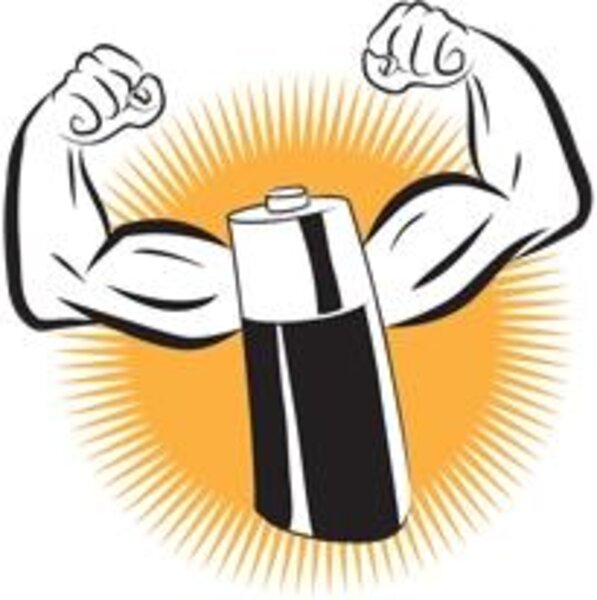Battery breakthrough could keep smart phones charged for an entire week
Loading...
For years now, batteries have been the weak link in most consumer electronics. Take smart phones, for example. You can stream video in HD over a fast 4G data connection, but you won’t be able to do it for long without plugging in. The blazing multi-core chips that allow laptops to multitask effectively also drain their batteries in just a few hours under heavy use. But scientists at Northwestern University in Chicago announced a breakthrough last week that could result in lithium-ion batteries (the kind found in most rechargeable gadgets) with a 10-fold increase in both battery life and charging speed.
Just to put that in perspective, imagine being able to use your smart phone for a solid week without getting a low-battery warning – and then being able to charge it up again in just minutes. The technology is still a long way from mass production, but BBC News quotes one scientist from the team as saying that these new batteries could hit the market in three to five years.
How does it work? Well, lithium-ion batteries consist of layers upon layers of graphene, sheets of carbon atoms just one atom thick. Lithium ions occupy the space between these layers, and creep from layer to layer as the battery charges or empties. A battery can only hold so many ions in a certain amount of physical space, and speed at which the ions can move from layer to layer limits charging speeds.
The Northwestern scientists, led by Professor Harold Kung, made two discoveries. First, they filled the area between the graphene sheets with tiny, flexible clusters of silicon, which allows about 10 times as many lithium ions to be held. Both the graphene (carbon) and the silicon flex with the battery’s charge cycles, but don’t break.
Second, Professor Kung’s team decided to perforate the graphene sheets. If charge time is limited by how quickly ions can move from layer to layer, why not give them a shortcut? The researchers drilled millions of tiny holes (around 20 nanometers wide) in the sheets, allowing the ions to flow more freely. That means power can be pumped much more quickly into the battery, allowing it to be fully charged in just minutes.
The downside to the new technique is that the battery is more susceptible to degradation: after about 150 charge cycles, or about a year of operation, the capacity and charging speed start to diminish sharply. But even at that point, the battery would still be five times more effective than what we have today, and 150 charge cycles equals 1,500 charge cycles of a current battery.
Readers, are you excited about the prospect of a tenfold-improved battery? Or are you jaded by previous battery breakthroughs that never made it to market? Let us know in the comments.





